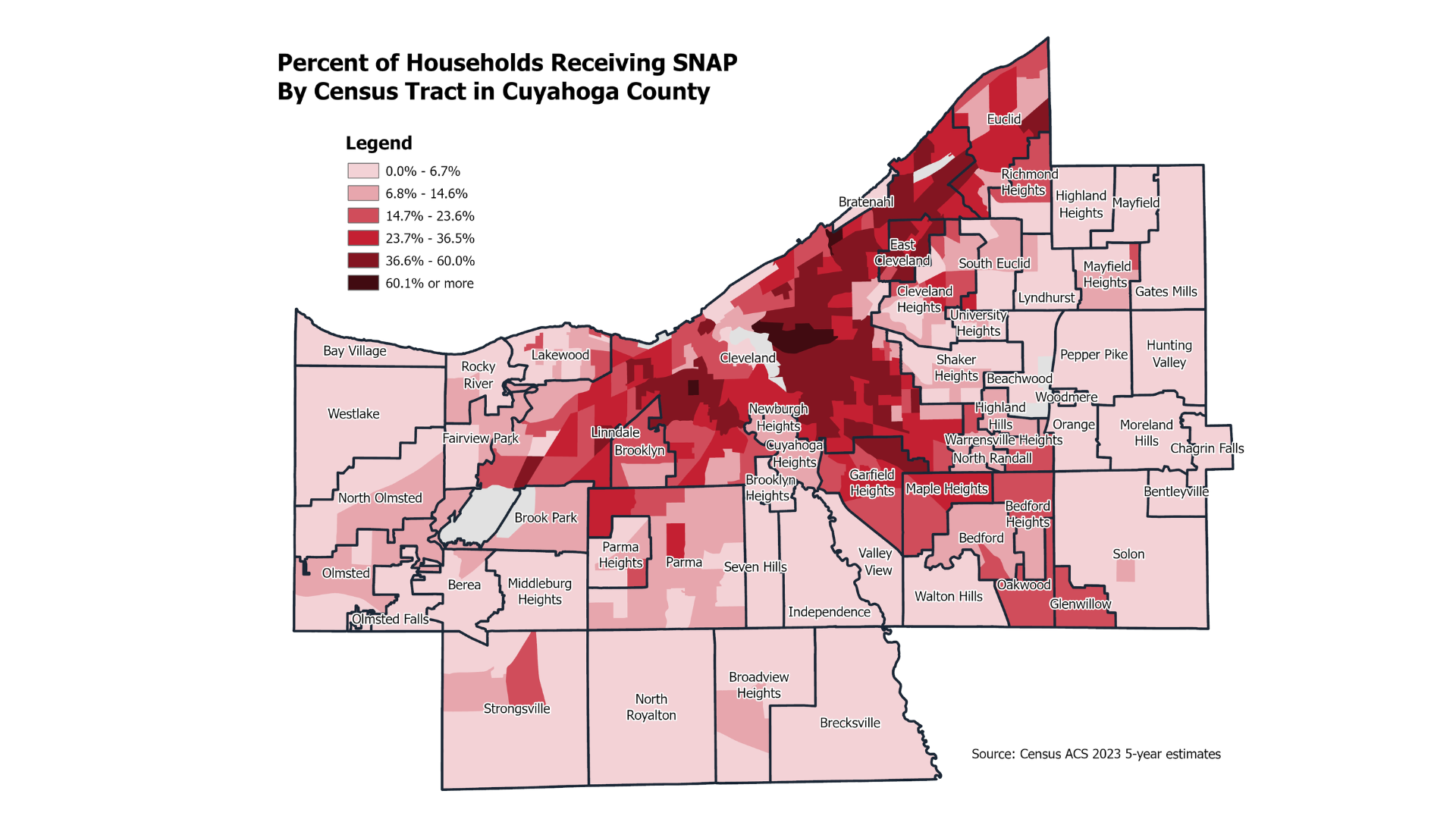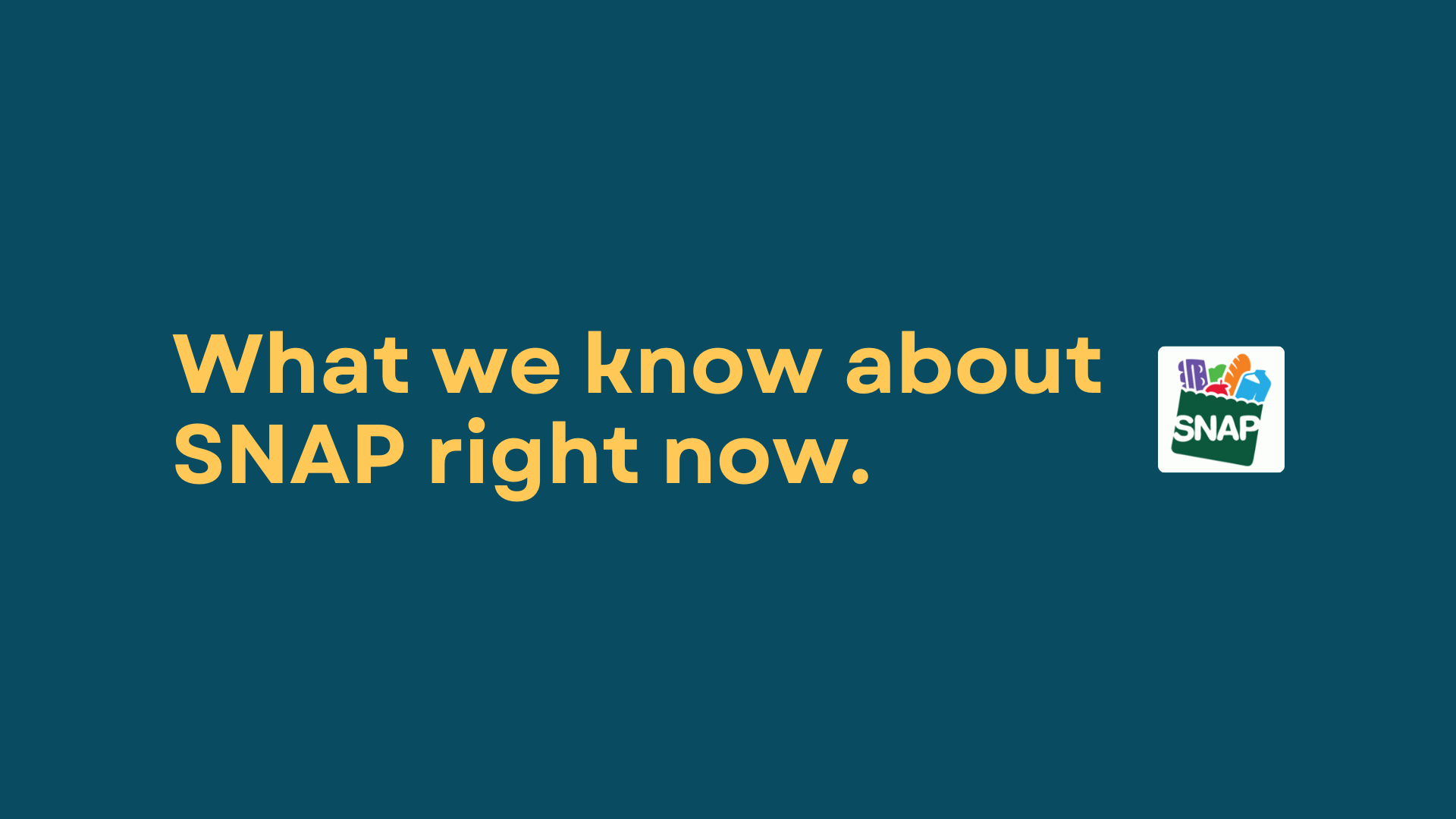An odd-numbered year in Ohio means the state budget bill has been introduced. Every two years, the governor releases budget recommendations and the General Assembly takes the first half of the year to consider the proposal and develop its own versions of a budget for the state. By June 30, the General Assembly must present a budget bill to the governor to sign. The budget bill identifies funding priorities, but ultimately spells out policy priorities of the governor and General Assembly. The Center for Community Solutions aims to help make the state budget more understandable, accessible, and digestible with the content we produce throughout the course of budget deliberations (and beyond). We begin with this piece that lays out the budget process and an estimated schedule of budget activities.
Governor’s Budget Proposal (March 15th)
Governor Mike Dewine released his budget recommendations, or the executive budget, on March 15th (a newly elected governor is required to release an executive budget by March 15th). This budget is presented in what is known as the “Blue Book.” The DeWine administration has also released fact sheets highlighting select policy proposals. The governor’s budget is known as the “As Introduced” budget. It is not until the budget is introduced in the State House of Representatives that it receives a bill number. The bill is traditionally sponsored by the chairperson of the House Finance committee. Currently that person is Rep. Scott Oelslager (R)-House District 48.
In addition to the materials released by the governor’s office, the Legislative Service Commission (LSC) prepares what are known as Redbooks. There is a Redbook for each state agency, board, and commission. The Redbook describes historical, current, and proposed funding for the agency and details any policy proposal specific to that agency. Redbooks can be found on the LSC website. Once the budget is completed, LSC creates Greenbooks which detail the impact of the enacted budget on the agencies.
Budget Process in House of Representatives (mid-March through approx. late April)
The legislative budget process begins in the House Finance Committee. Different parts of the bill are assigned to House Finance subcommittees based on topic, for example the House Finance Subcommittee on Health and Human Services traditionally hears testimony on the budgets for the Departments of Aging, Developmental Disabilities, Health, Job and Family Services and Medicaid (among others). Extensive testimony is heard in the subcommittees. Testimony begins with the agency directors presenting on the proposed agency budgets and answering questions from the members of the subcommittee. This is followed by testimony from proponents, opponents and interested parties on the budget bill. This is where organizations and individuals have a chance to weigh in on provisions of the budget that impact them.
At the conclusion of the subcommittee process, each subcommittee will develop a report for the full House Finance committee with recommendations on changes (amendments) to the bill. With the reports, the House Finance committee will formulate a new version of the bill, known as the substitute bill. LSC will develop what is known as a comparison document, or “comp doc,” that compares the as introduced bill to the substitute bill. Each subsequent version of the budget bill will be added to this comp doc, so that the changes from one version of the bill to the next can be monitored more easily. These are also available on the LSC website. The House Finance Committee holds hearings on the substitute version of the bill, which is another opportunity to provide testimony. After this round of hearings, the Finance committee will likely incorporate additional amendments into the bill. This is often done in an omnibus amendment, which is many amendments grouped into one large amendment. The Finance committee will vote on this version of the bill and once approved, it moves to the House of Representatives for a vote. With an affirmative House vote, the budget moves to the Senate.
Budget Process in the Ohio Senate (late April/early May through early/mid June)
The budget process in the Senate is similar to the House process, but on an abbreviated timeline. The substitute bill begins in the Senate Finance committee. The Senate similarly subcommittee of the Senate Finance committee. Similarly to the House process, the subcommittees hear from state agency directors, as well as testimony from stakeholders on the potential impact of the budget. After this process is complete, the bill moves back to the Senate Finance committee where a substitute bill is created based on subcommittee recommendations. There are a limited number of hearings on the substitute bill in Senate Finance committee. The committee then considers additional changes and amends those into the bill. The Senate Finance committee votes the bill out of committee and it heads to the full Senate for a vote.
Conference Committee (mid to late June)
There will be differences between the House-passed and the Senate-passed versions of the budget and a conference committee is required to reconcile these differences. Select members, typically from the House and Senate Finance committees, are named to the Conference Committee. These deliberations largely take place without public input. The committee develops a final version of the bill and once the bill is voted on by the committee, it goes back to both the House and Senate to concur with the final changes. The House and Senate cannot make changes to the bill at this point and must either adopt or reject what the conference committee has put together.
Budget Goes Back to the Governor
Once the House and Senate agree on and approve a final budget, it goes to the governor for his signature. Any provision in any bill that includes appropriations can be line-item vetoed by the governor. This means he can strike out any portion of the bill while approving the rest of it. He cannot add to or change the bill through line-item vetoes. The budget bill must be signed by June 30 for the appropriations to take effect on July 1, the first day of the new state fiscal year.
Helpful Resources
Ohio Office of Budget and Management: https://www.obm.ohio.gov/Budget/operating/fy20-21.aspx
- This is where the Governor’s budget proposal was first posted on the day it was released. In addition to the blue book, a report from the Ohio Department of Taxation on tax expenditures is posted with the budget.Ohio Legislative Service Commission: https://www.lsc.ohio.gov/index.aspx
- This is where you’ll find Redbooks, the Comparison Document, the Budget in Detail, and the Bill Analysis.
- There are also LSC resources on the transportation budget, which is on a different timeline and must be finalized by March 31: https://www.lsc.ohio.gov/pages/budget/current/CurrentGA.aspx?Budget=Transportation&ID=Transportation&Version=contentHPOhio House of Representatives: http://www.ohiohouse.gov/index
- The House Finance Committee page is available under the “Committees” tab on the House of Representatives homepage. This is where you will find information on committee members, committee schedules, and posted testimony materials. Additionally, the live-stream of House Finance committee can be found on this page. The subcommittees are not live-streamed.
- A helpful tip is to follow the House Finance Committee, as well as any subcommittees, on Twitter. Twitter updates from the committee include who is “on deck” to testify, when any recesses are taking place, and other pertinent information that needs to be disseminated quickly.Ohio Senate: http://ohiosenate.gov/index
- The Senate Finance Committee page is available under the “Committees” tab on the Senate homepage. This is where you will find information on committee members, committee schedules, and posted testimony materials. Additionally, the live-stream of House Finance committee can be found on this page. The subcommittees are not live-streamed.
- A helpful tip is to follow the Senate Finance Committee, as well as any subcommittees, on Twitter. Twitter updates from the committee include who is “on deck” to testify, when any recesses are taking place, and other pertinent information that needs to be disseminated quickly.The Ohio Channel: https://www.ohiochannel.org/?2
- The Ohio Channel live streams every Ohio House and Senate session, as well as hearings of the full House and Senate Finance Committees. This allows people all around the state to watch certain parts of the budget process online. As mentioned above, the House Finance subcommittee hearings are not live-streamed.Richard G. Sheridan’s Follow the Money: State Budgeting in Ohio, Fourth Edition, Edited and Updated by Terry Thomas
- Follow the Money is a written guide to Ohio’s budgeting process produced by The Center for Community Solutions. The most recent edition of the book is available for FREE online or via paperback for purchase. Visit this page: https://comsolutionst.wpengine.com/resources/follow-the-money/








